“Judge a man by his questions rather than his answers.” ~ Voltaire
Through questions that are asked, this essay explores the recent intellectual history of cultural anthropology with respect to contemporary theoretical perspectives. Our inquiries explore a variety of topics. What makes different versions of a song the same song? What gives a song its integrity as a distinct musical utterance? And one or two others.
Theoretical Perspectives and Research:
Questions That Guide Studies in the Contemporary Field
This author was intrigued by ethnomusicologist Ruth M. Stone’s assertion, in Theory For Ethnomusicology, “One of the ways to compare theories is to consider what questions that theorists, employing a particular theory, find interesting and appropriate” (2008: 224). This author seeks to understand the questions that culture theorists and ethnomusicologists have asked in the past ten years. Or put another way, what is the recent intellectual history of cultural anthropology with respect to contemporary theoretical perspectives? This paper seeks to document a broad sample of questions regarding specific theoretical orientations posited by scholars that have been published since September 11, 2001. This date is not arbitrary, as it conveys to this author a global social impact that connotes a worldwide change in mood and perspective. This author suggests that three overlapping viewpoints – identity, modernity, and continuity – inform the experiences investigated by ethnomusicologists during this time period. Identity issues of uniqueness, retention, and change with respect to social encounters, gives rise to expressions of modernity. Modernity offers an approach to perceiving emerging genres through theoretical continuity in the field.
Since the early twentieth century, ethnomusicologists have focused on an array of theories...
Read More


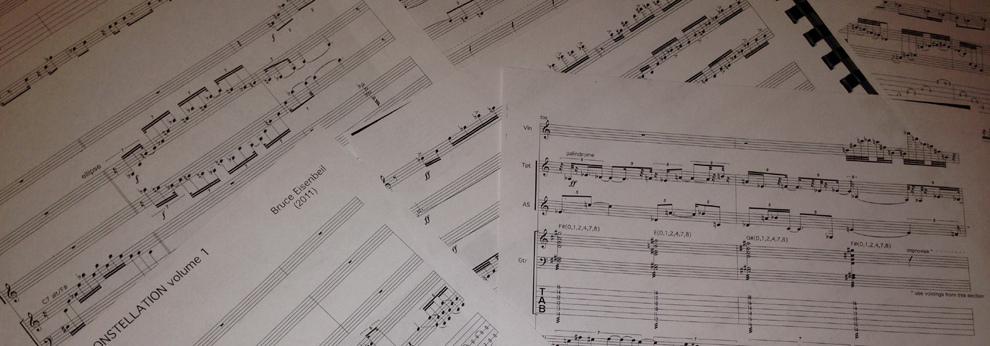

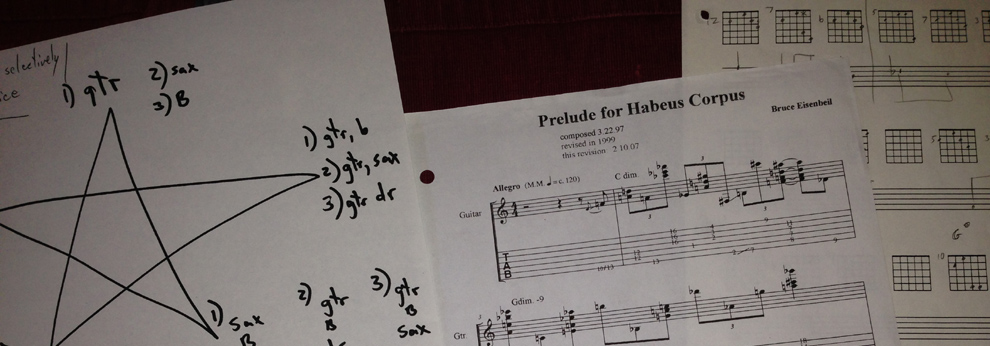
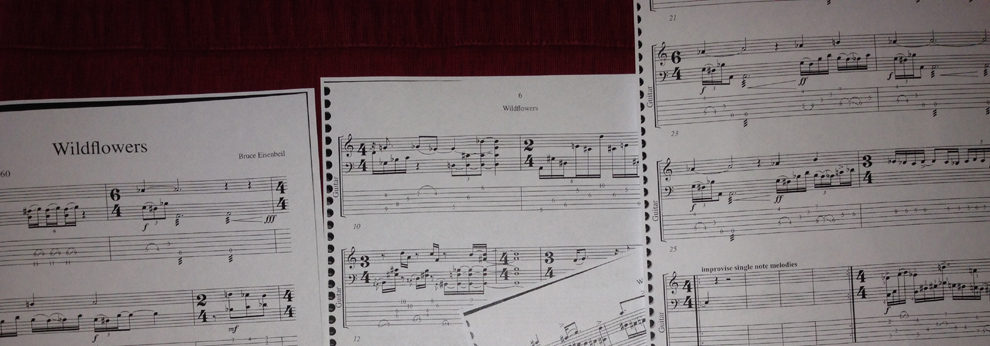








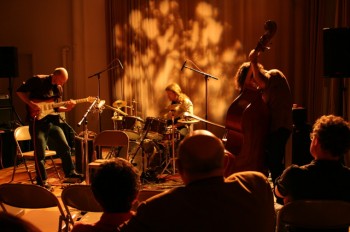

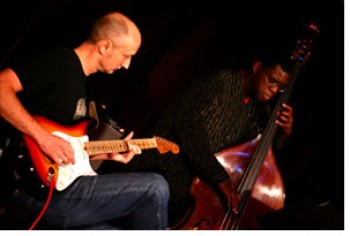


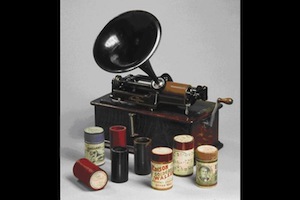
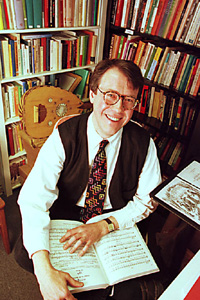
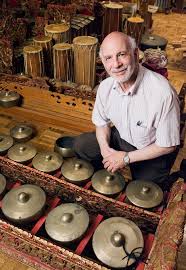
Social Profiles